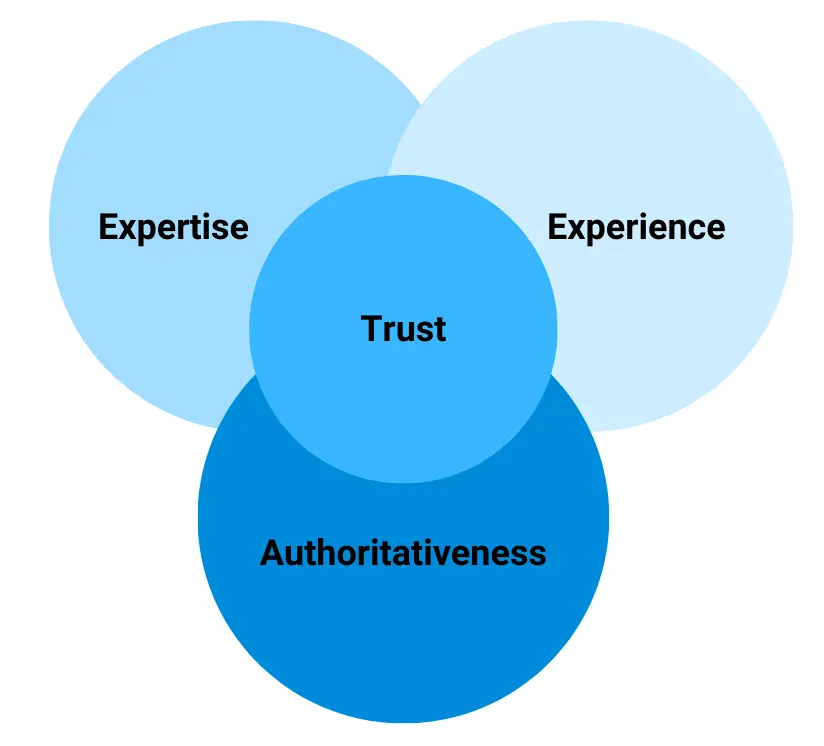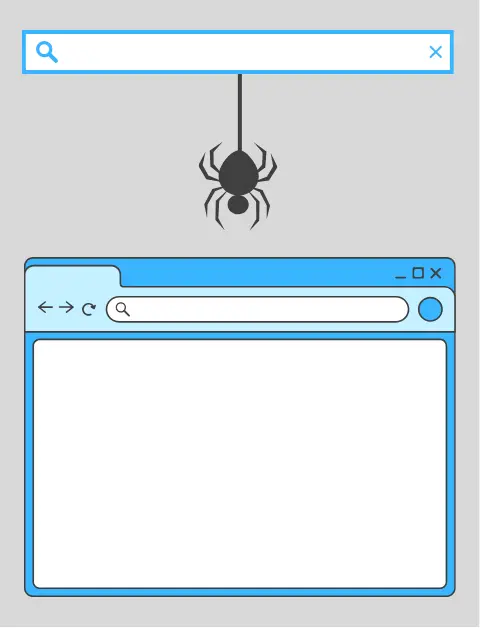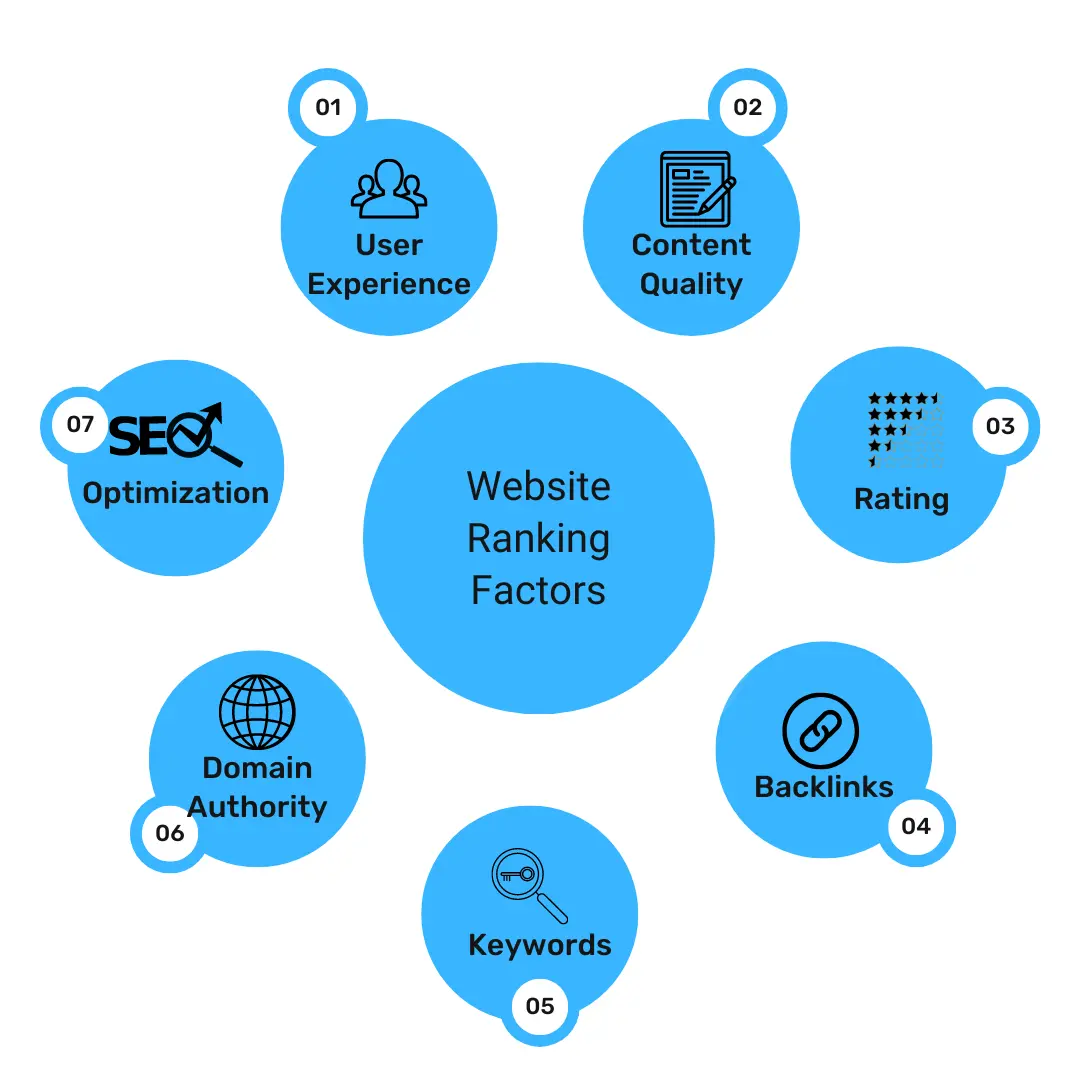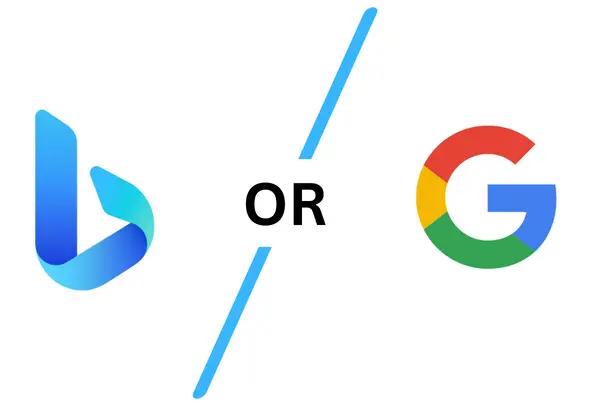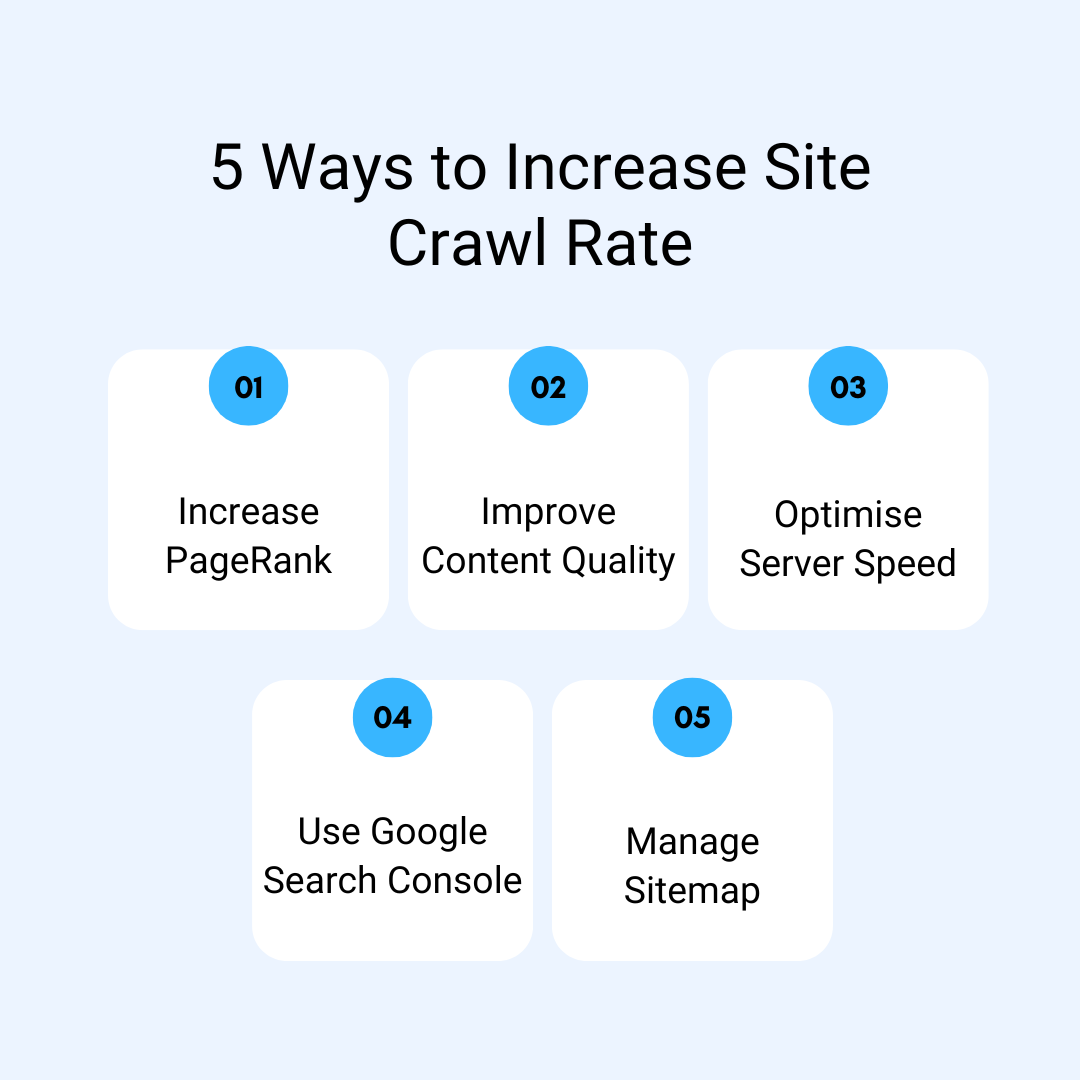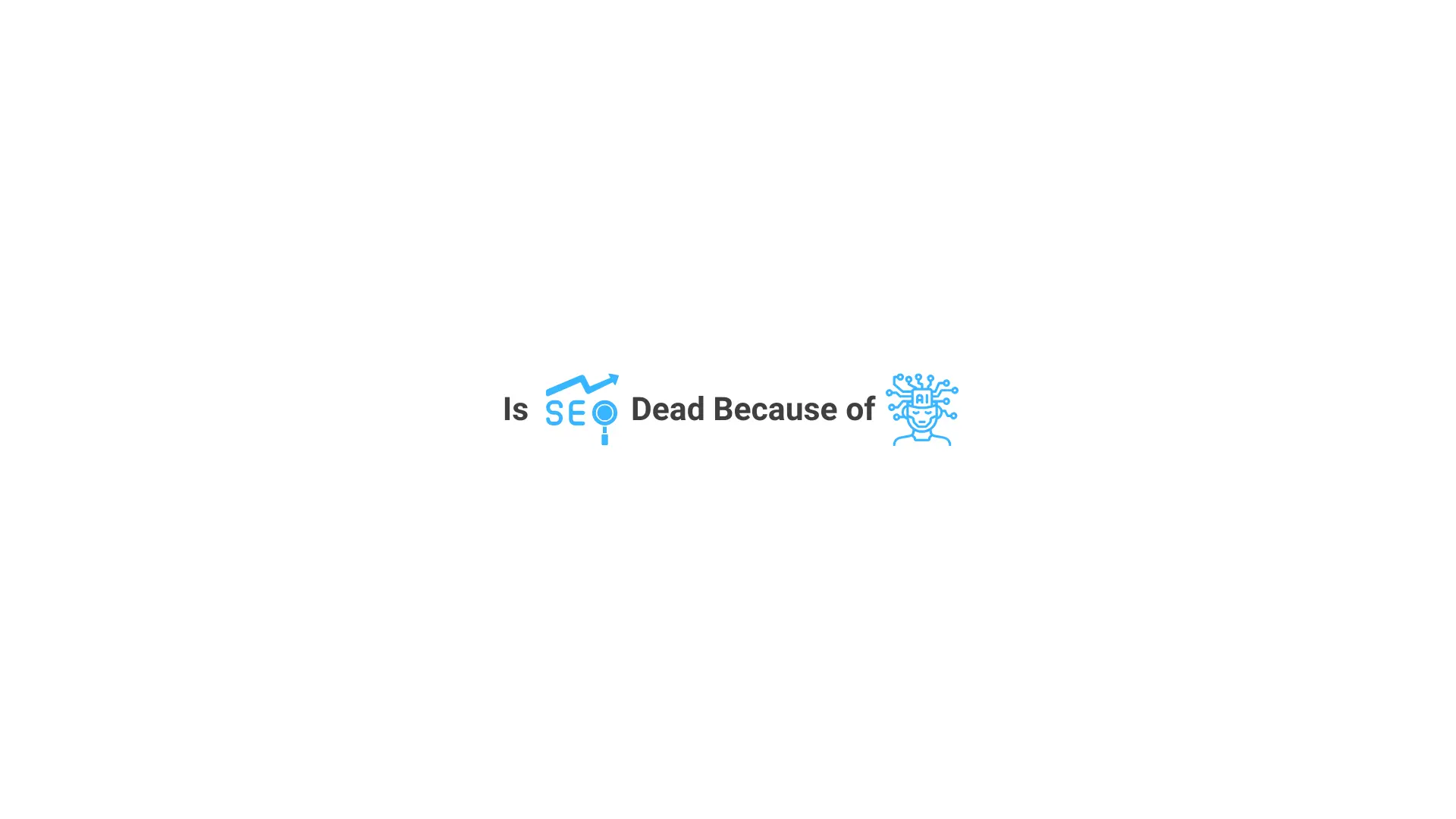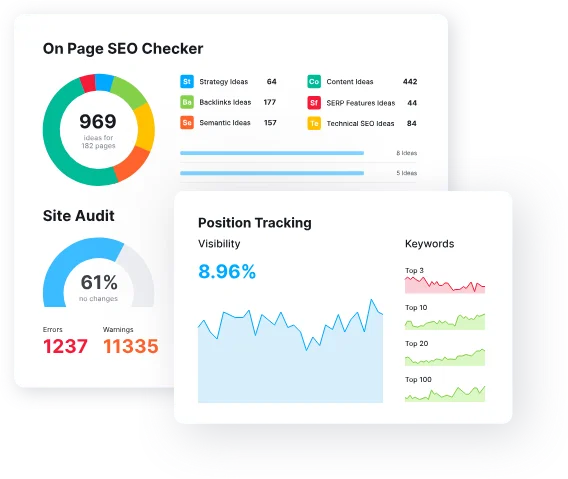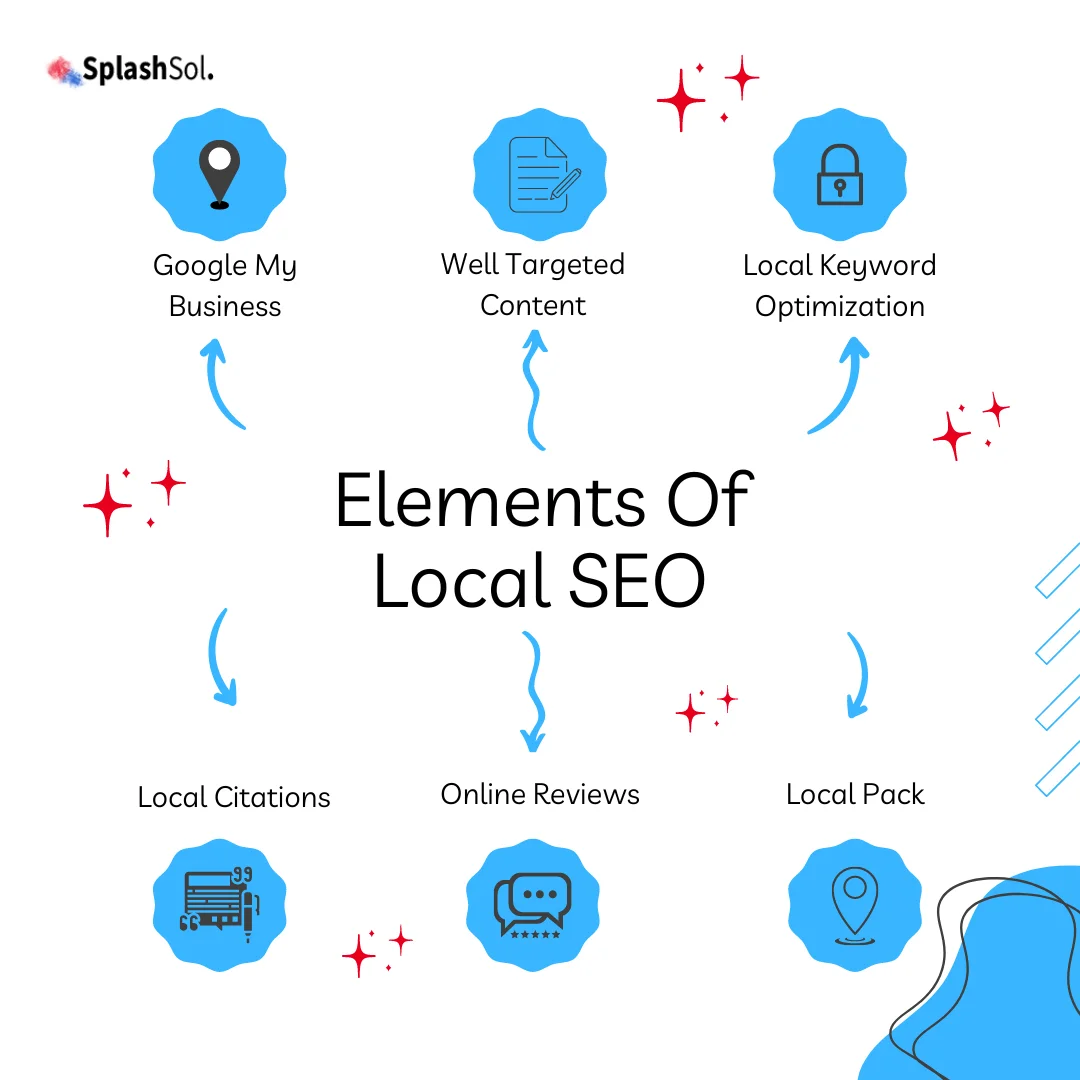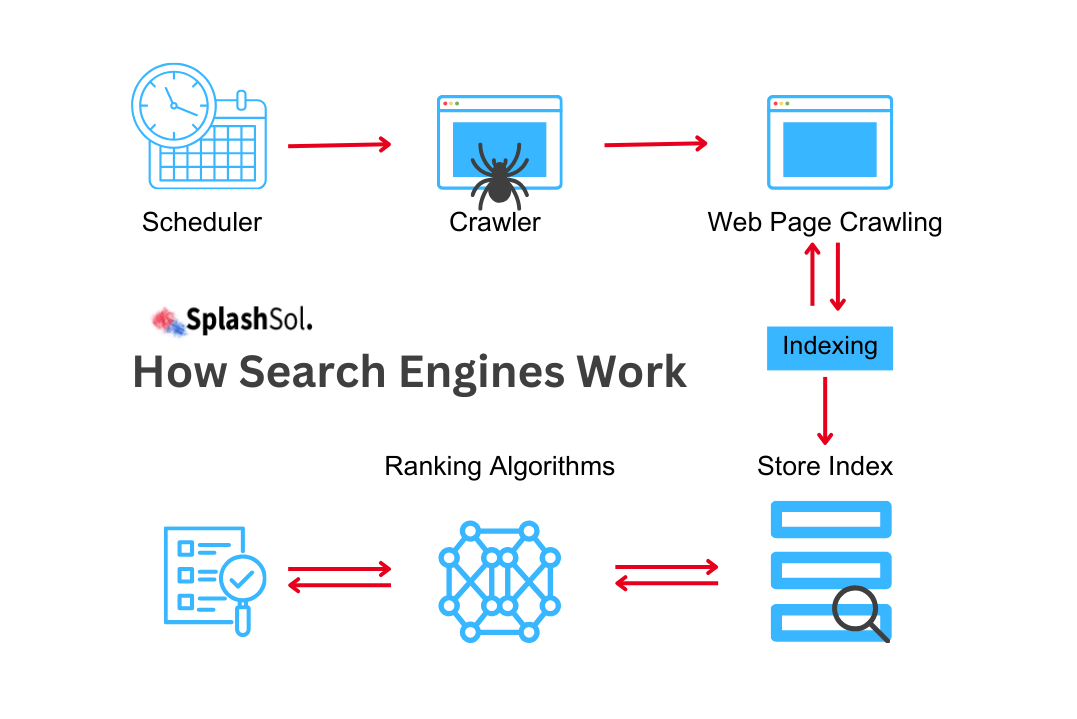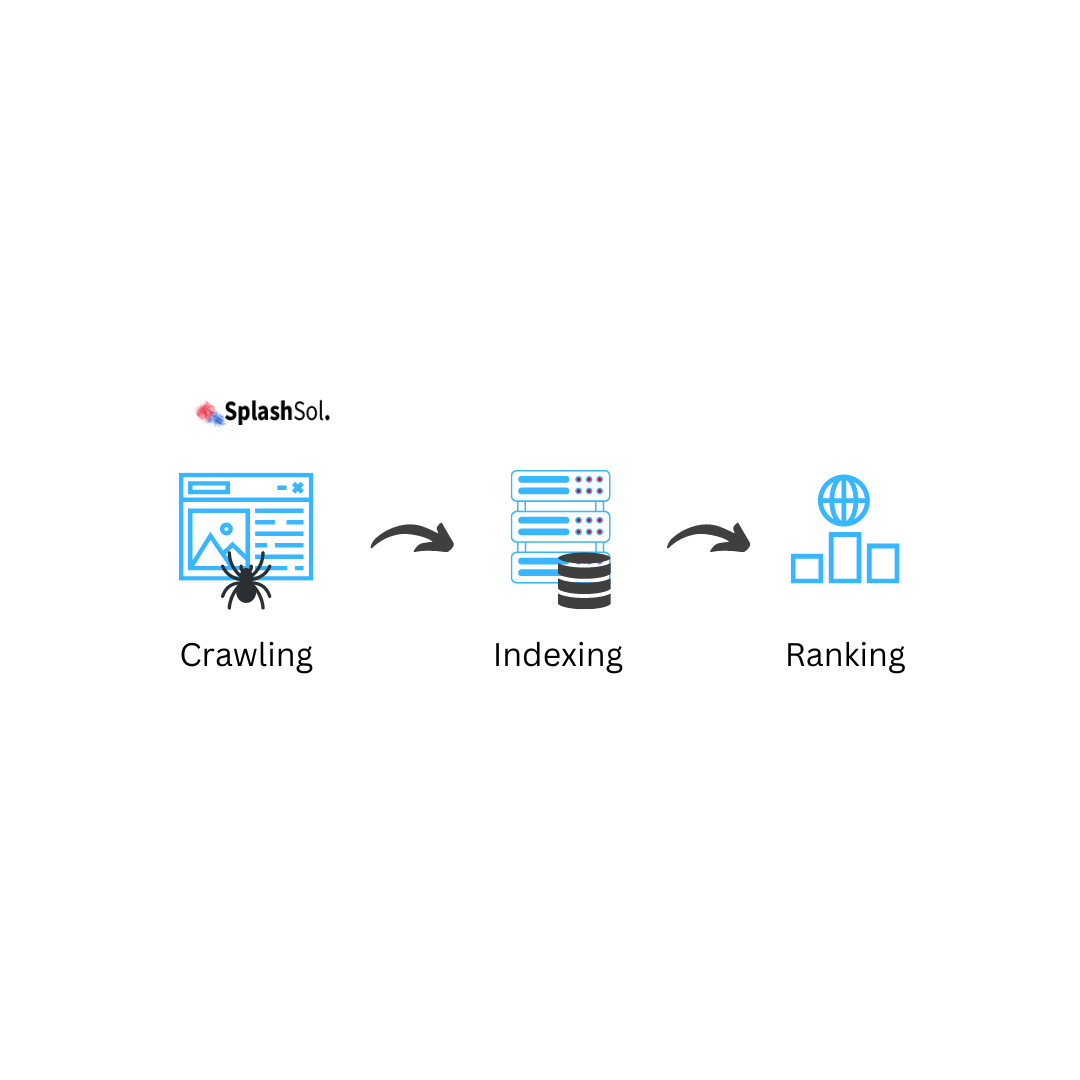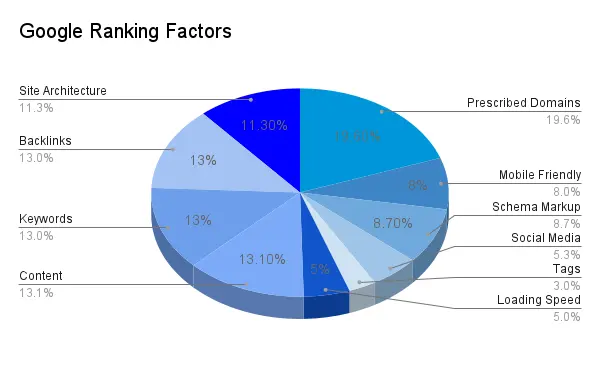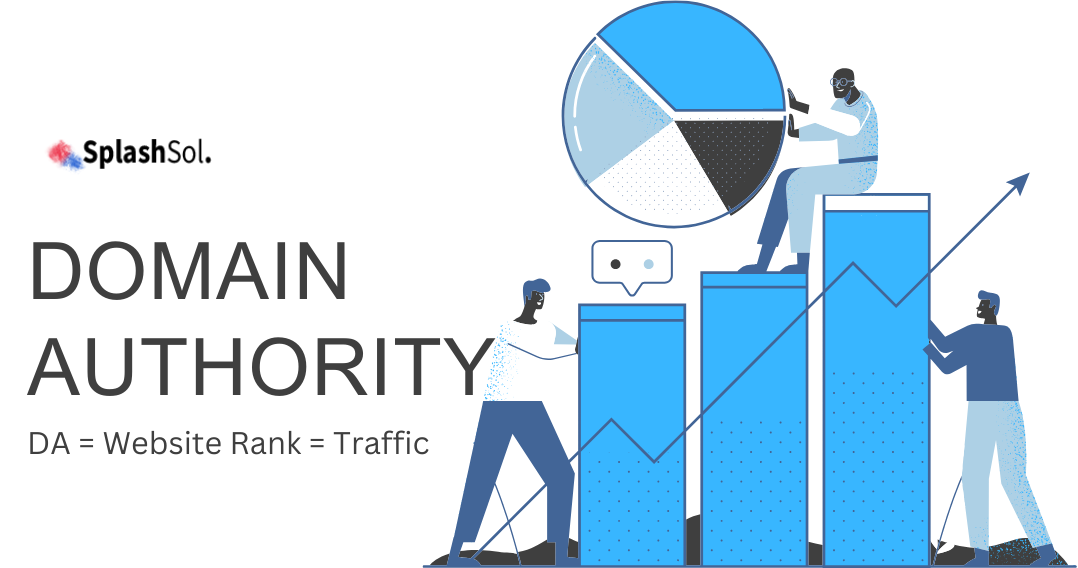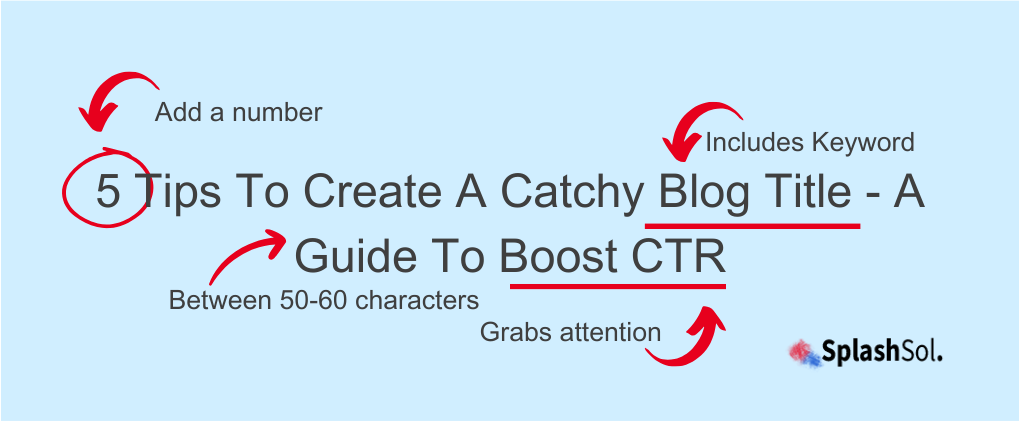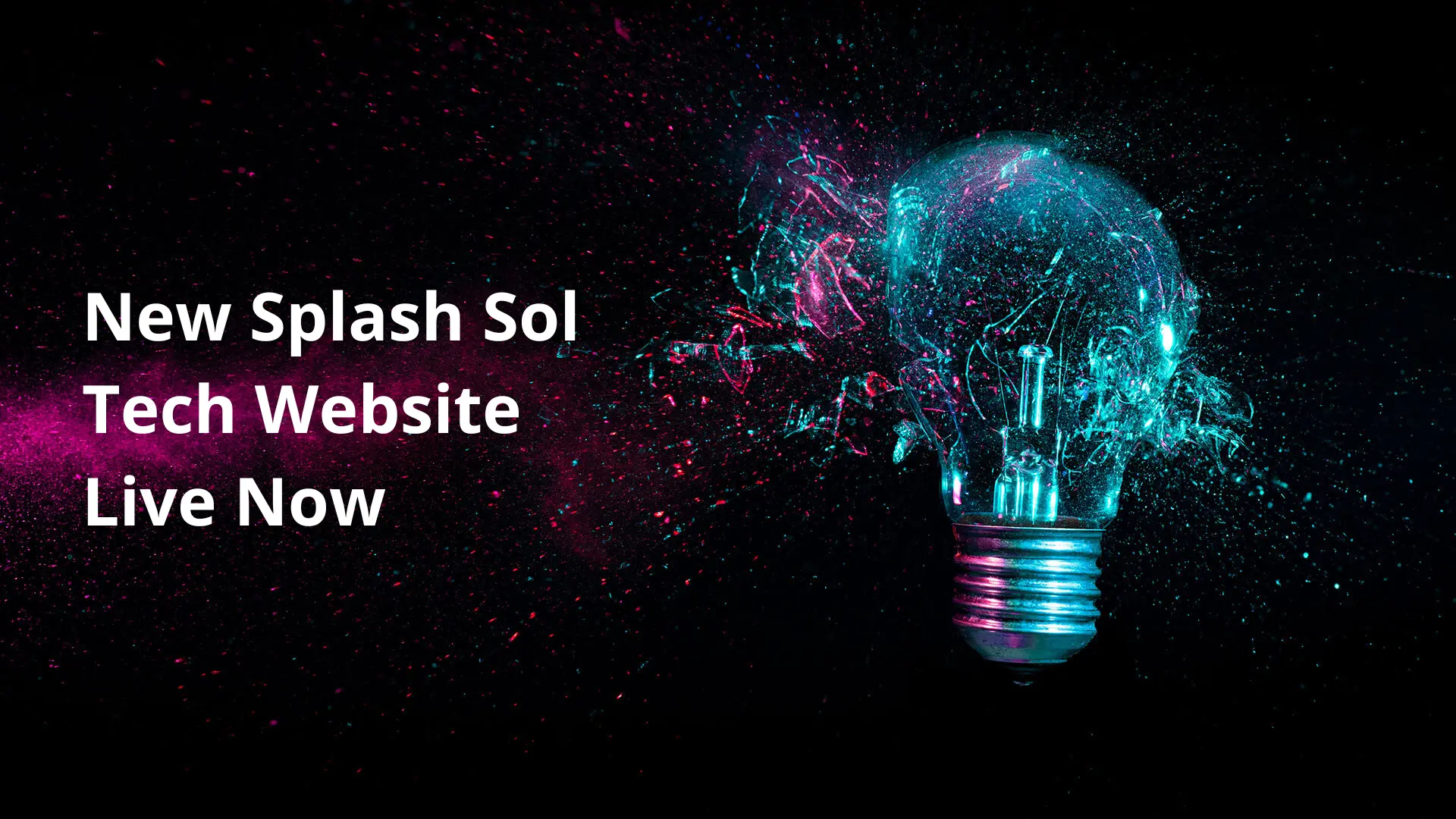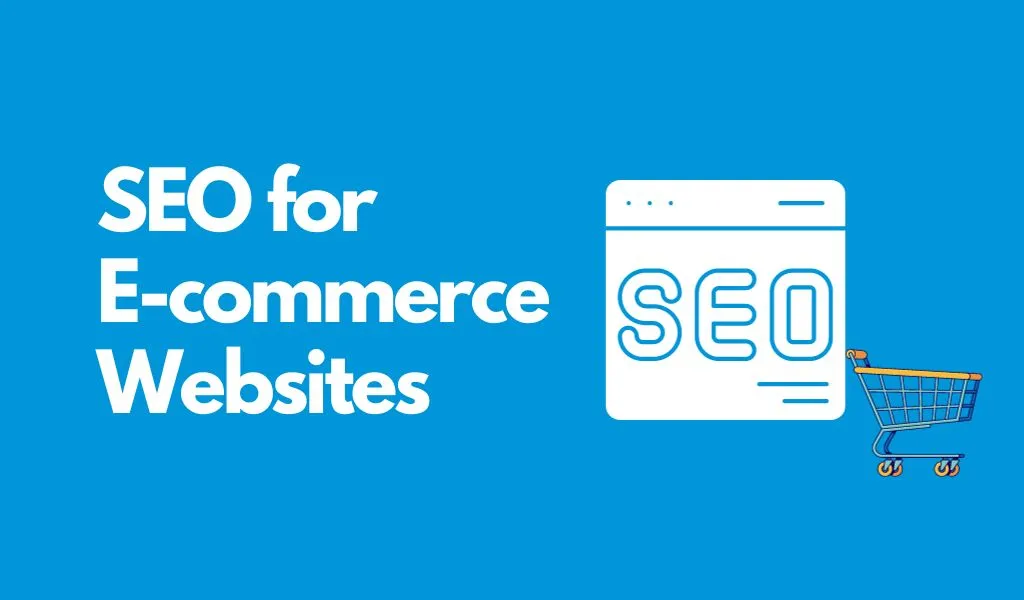How do you come up with the logo design? Need in-depth information about how to come up with a logo design? We’ve got you covered.
Creating a logo design can take hours of work, research, and practice. Thinking about a logo design can be overwhelming, but with the correct planning and research, you can come up with a winning solution.
The trick is approaching your logo design process from multiple angles and refining it differently for different clients.
As experts say, the best thing to do is look at your competition and compare the logos of companies you want to work with. Please take a while to see what’s working for them and not drive the results.
For example, Instagram is an excellent option to take ideas for marketing, designs, and other cool things.
For more inspiration, check out our free logo examples or contact our logo and branding experts.
15 tips to come up with a logo design
1. Know your business
Another vital step in creating a logo design is deciding what your business or brand is.
In other words, it’s as simple as identifying the core values that your company stands for or something more complex like defining your target market.
Once you have a clear idea of what makes up your company’s identity, it’s time to start thinking about how you want those values and targets defined visually in the logo design.
2. Brainstorm
Brainstorming is undoubtedly one of the best ways to get started with an eye-catching logo design.
- Brainstorm with others. To brainstorm, try to group with other people, ideas, and views to make every idea visible on the logo.
- Also, try to choose a medium that works for you. As a thumb rule, practice a rough logo design on paper and then on the screen to get those creative juices flowing!
- If you want to make brainstorming a success, choose a topic and write down as many ideas as possible.
- However, you could also focus on a specific idea or problem and brainstorm ways to solve it.
3. Organise ideas
Once you have crafted your ideas on paper, it’s time to organise them. Although this can be done in several ways, the best way is to group related ideas so they are easier to see at first glance.
For ease, you can create categories or sub-categories within each idea to further categorise and organise them.
However, it’s better to use an open mind approach when brainstorming. Don’t hold back on your ideas because they seem silly or strange. Sometimes these are the ones that end up being the most creative!
Also read: Logo Colourways & Combinations
4. Sketch it out
The first step in designing a logo is to sketch it out. Sketching it out means drawing the elements of your logo to see how they interact.
While you can do this by hand or on paper, it’s best to use a pencil because pens tend to smudge the lines too much and lose some detail. In other words, this will help you keep your work clean later on!
Start by drawing basic shapes like circles, squares, triangles, etc., then add more details like arrows pointing toward each other.
Try not to use too many lines at once—three is usually enough unless you’re going for minimalism or something more abstracted.
Therefore, it’s said that geometric forms require more complexity in terms of line widths and weights.
Once you have jotted down all the basic shapes, start moving them around. You can move them by drawing a new line connecting them or simply erasing one of the lines and redrawing it.
Try to keep things as simple, minimal, and easy to absorb as possible so that your logo is easily recognisable at any size.
5. Understand the audience
Before designing a logo, it’s essential to understand the audience.
Who are they? What are their interests, goals, and needs? What is their background? How old are they? What is their income? All this information will help you create an effective logo that represents your brand well.
6. Create a Mood Board
Now comes the foremost step- creating a mood board. Put simply, a mood board is simply a collection of images that represent the brand.
It’s like a collage that shows how your logo should look and feel. You can make one using Pinterest or collect pictures from old magazines and newspapers.
7. Choose the right colours
To create a kick-ass logo, try to choose the right colours. Logos and your choice of colours are important as they help communicate a message without words.
For example, red often represents passion or energy, while black is considered more formal and professional.
However, you can play around with different colour combinations on your mood board until you find one that works.
Also read: The Best Free Logo Design Software & Tools
8. Select a font
The last step is to choose a font for your logo. A font is simply the style of lettering used in a design. Make sure to select fonts that are easy to read on small sizes of screens such as mobile.
9. Consider colour psychology
Colour psychology for website conversions is a powerful tool that can be used to convey a feeling or emotion, attract attention and customers, and even tell your brand’s story.
It’s essential to choose colours that match each other well to complement each other visually.
Colour psychology has been around since the early 1900s when advertisers started using it in marketing campaigns. Experts believe colour can affect our moods and behaviour in the same way it affects our brains.
The right colours will make you feel happy when you see them, angry when they are not there, calm when everything else around seems chaotic—and even sleepy if there are not enough contrasting colours on screen at once!
The colour wheel is beneficial for choosing the right colours for your brand. However, it can also be used to create visual harmony and balance between elements on your website.
Also, it’s helpful to get a better understanding of colour psychology.
10. Stick to two colours max
When designing your logo, feel free to use up to two colours.
Usually, the best logos have intense primary and secondary colours that complement them but stay moderate.
If all your text and graphics are in one shade of blue, try to choose a lighter colour to be vocal about the company you represent!
Here are a few things to keep in mind when choosing colours:
- Use the same colour for all text and graphics on your logo (e.g., don’t use red with blue lettering). This will make everything look cohesive and consistent everywhere, from mobile, pc, tablet, laptop, etc.
- Avoid using contrasting colours like pink with black text or bright yellow lettering next to dark backgrounds, such as black ink on white paper.
11. Invest in a font
Fonts are a great way to express your company’s personality and can help convey the message you want to send.
They can also help your company stand out from the crowd, which is why many people choose fonts based on their unique personalities, such as retro or vintage styles.
If you’re looking for an easy way to create a unique logo design, consider using one of these fun fonts:
Comic Sans MS & Comic Sans Pro: These two popular comic book-inspired typefaces are available in weights and styles (regular & bold).
12. Pick a typeface for your company
When you’re thinking about your company’s logo design, the first thing to do is choose a typeface. The typeface you choose will impact your logo’s overall look and feel, so it’s essential to choose wisely.
When picking out a new font for your company, don’t base your decision solely on how it looks in the font menu or the logo menu. Instead, think about what makes this typeface unique and exciting compared to other options.
13. Use negative space wisely
You can use the negative space around the logo to create a contrast between the logo and its background. It can also draw attention to certain parts of your design.
For example, if you have a logo with red letters on top of green grass, it would look like someone is standing in front of an outdoor picnic table in the summertime—and that’s what makes this so effective!
14. Think, think and think
Think of an idea for your business. What do you want it to be?
Who are the people who will use it? How do they feel about their experiences with your brand, and how can they be improved in the future?
15. Do not skip brainstorming
Brainstorm as many concepts as possible—do not worry if some are not perfect immediately; this is meant to get ideas flowing.
If you need extra help coming up with ideas, look into websites like Pinterest, Instagram, or Twitter for inspiration.
Here, you will find logos that are easy to create and have already been vetted through different eyes.
How about getting Splash Sol’s logo designers to do the brainstorming for you?
Explore your client and their industry
You must understand your client’s business and target audience to find the best logo design.
The first step in this process is understanding the industry. For example, if you are designing a logo for a restaurant specialising in French cuisine, it would be wise to research French food culture and cuisine before beginning any design work. You could do so by:
- Looking up some information about different types of French restaurants
- Reading articles written by journalists who cover topics related to this particular industry
- Working with someone who has worked at several different types of restaurants across various locations around the world!
Once you have some knowledge of what kind of people are perfect for business, now think of ways that may make your customers respond when presented with specific ideas during lead generation.
Do some creative research
Once you have narrowed down your list of potential logo designs and are ready to start working on one, it’s time to get creative.
There are plenty of different ways to come up with a logo design: brainstorming, mind mapping, etc. But the most critical step is to research the industry or market you want your logo for or one specific product.
You can search online for logos from existing companies in that field or look at their websites and social media accounts, as well as any articles written about them by other people who cover similar topics.
If there is not much information yet on what the buyer persona looks like, go ahead and make some educated guesses based on what works well for similar companies in similar industries:
What colours do they use? What fonts do they usually use? How big do their letters have generally been? These questions can help guide your creative process so that it eventually leads back toward something tangible such as an idea.
Sketch out multiple initial ideas
First, sketch out a few ideas. Make sure you use a digital; pencil and keep it simple—the more ideas you have, the better your final design.
If you need help determining what direction to go in, look at other people’s logos and see if any commonalities can help guide your thinking. Or you could contact Splash Sol Tech’s consultants to see how our digital design services can help you with your needs.
If all goes well with this first round of sketches, move on to creating another set of concepts!
Bring your ideas into digital form
Once you have your logo, it is time to bring it into digital form. The most common way is through a vector graphics editor like Adobe Illustrator or Photoshop.
One of the advantages of using these programs is that they can be used on any size monitor without losing quality, which means no jagged edges when you enlarge your image.
To do this, open up one of your favourite colour schemes in a graphic design program (like CMYK/RGB) and create an outline around the text/image you want to use for your logo design.
The next step is to add some basic shapes around these elements and resize them, so they fit nicely inside. Whatever shape has been created, move them up or down slightly from its original position until everything looks good enough that it does not need much more work done before we start making changes!
Choose a colour scheme and font style
- Choose a colour scheme that is appropriate for the company.
- Opt for a font that is appropriate for the company.
- It should be easy to read and remember.
Refine and test your logo
The next step is to test your logo in different formats. This can be done by using templates and mockups to see how it looks on different backgrounds, sizes, media types (i.e., paper or digital), and devices (i.e., mobile phones).
In addition to testing on digital platforms such as PowerPoint presentations, you should also consider designing a few different versions of your logo to get a feel for how each will work best when used in different situations.
By taking advantage of these resources while creating your own unique brand identity, design elements are sure to flow effortlessly into one unified look across all applications where they are needed most!
Think about the audience for your logo
To come up with a logo design, you must first consider your logo’s audience. What kind of people will have an interest in using it? How can you design a logo that will attract them?
Remember that a logo is more than just a pretty picture. It is a critical element of your brand, and the design needs to reflect your company’s tone and what it stands for.
If you want to be successful, it is essential not only to know how to come up with one but also how to make sure that every step of the process is done right so that no one can replicate your ideas in their design.


